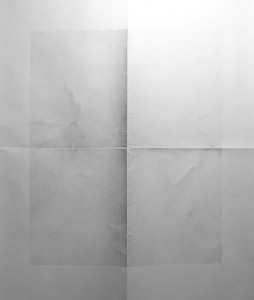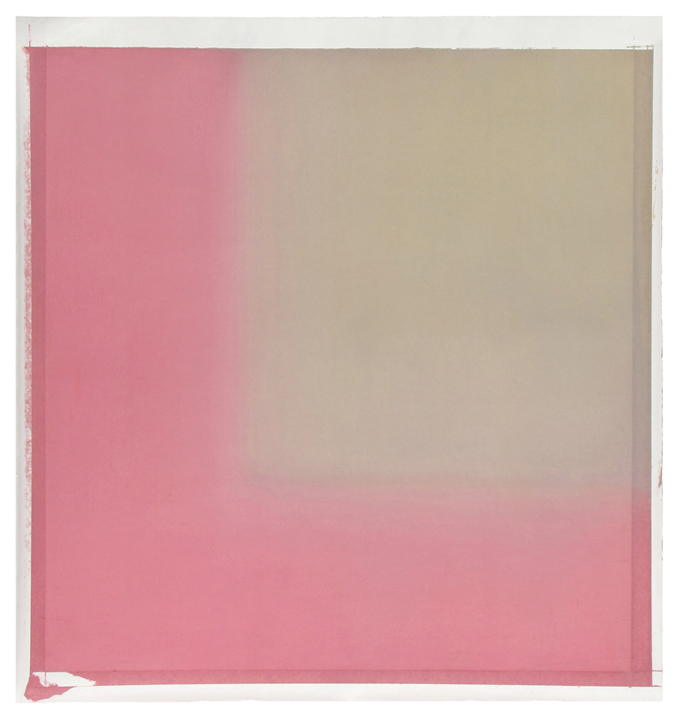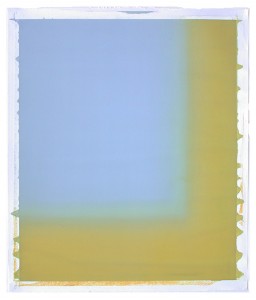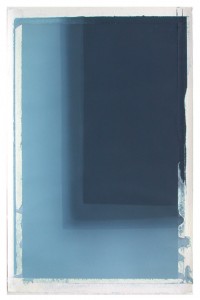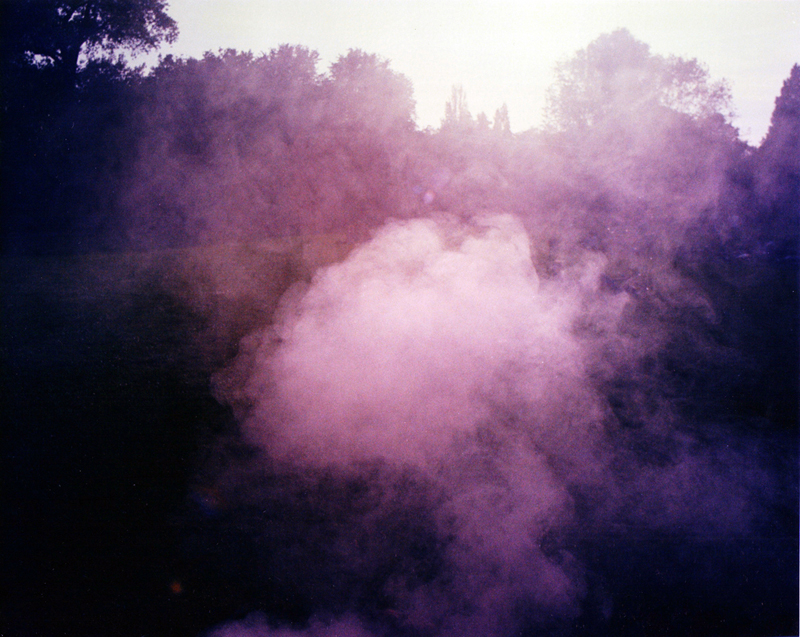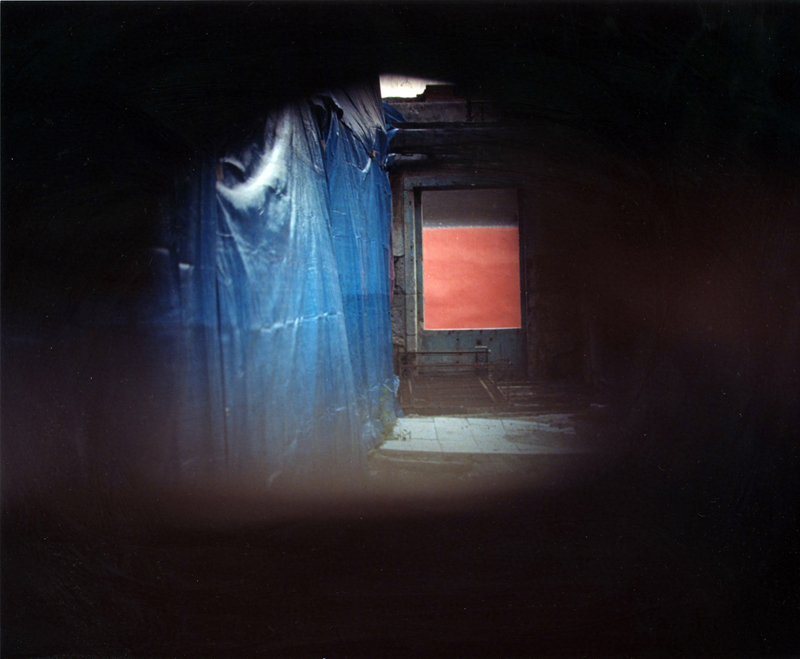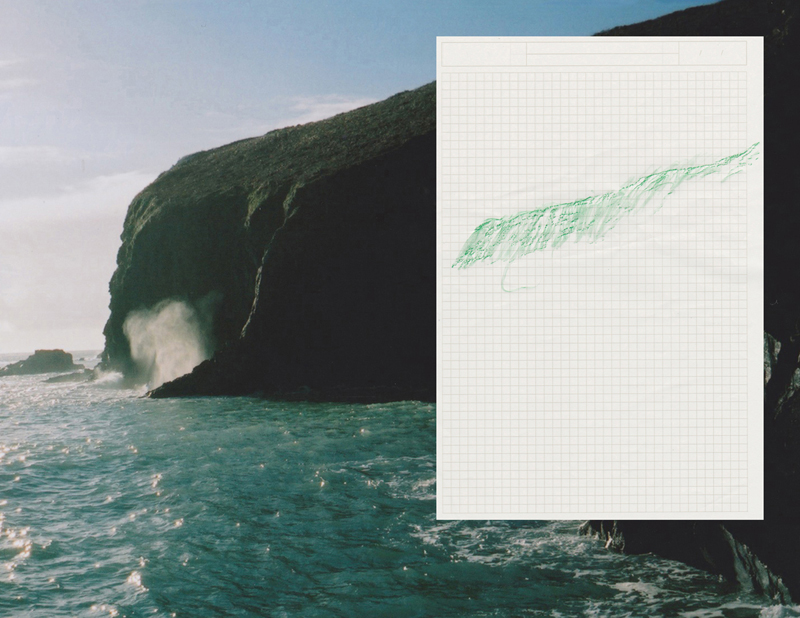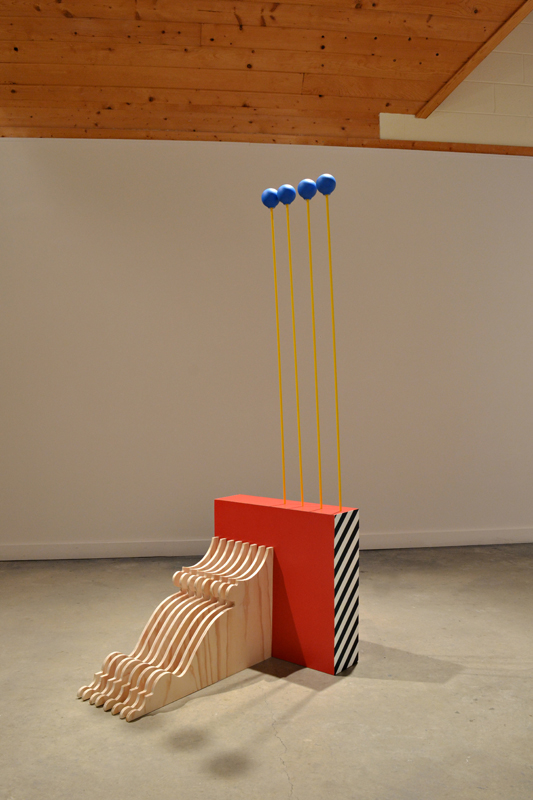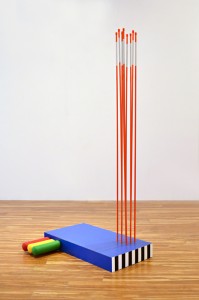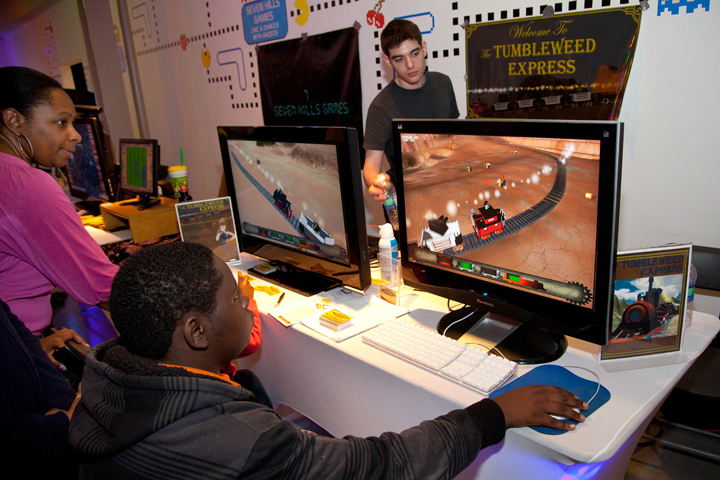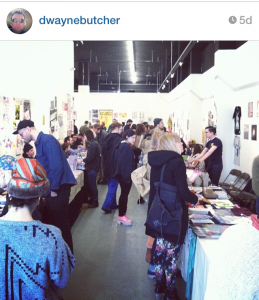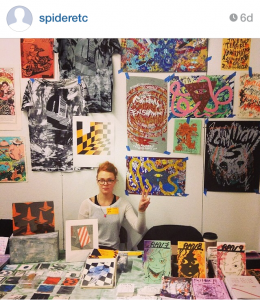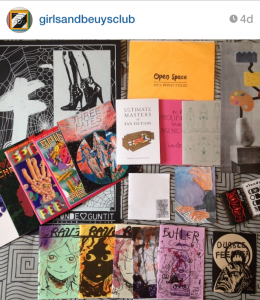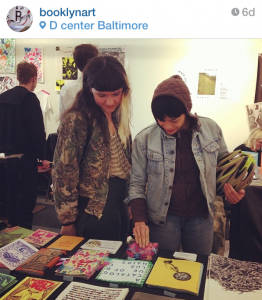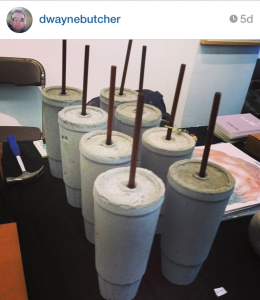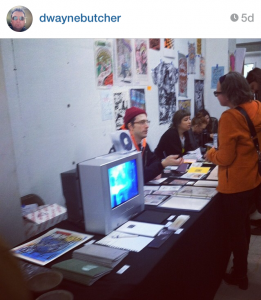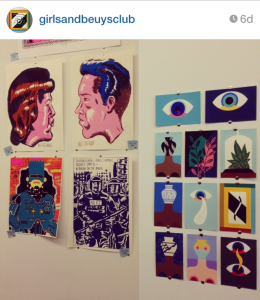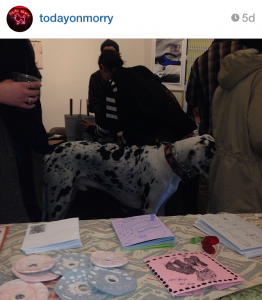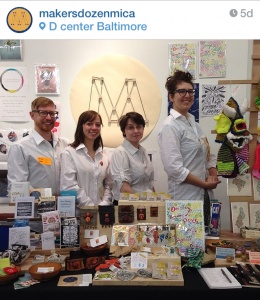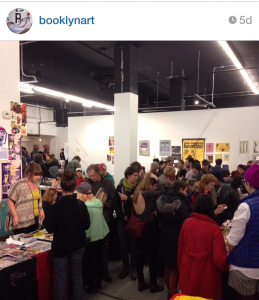This is the sixth in a series of interviews with each of the Sondheim Award Semifinalists. Finalists will be announced in mid-April, and will be on exhibit at the Walters Art Museum June 21 to August 17; those not selected as finalists with be exhibited at the Decker, Meyerhoff and Pinkard Galleries at MICA July 17 to August 3, 2014.
Name: Elena Volkova
Age: 38
Website: www.elenavolkova.com
Current Location: Hampden, Baltimore, MD
Hometown: Kiev, Ukraine
School: MICA
Current favorite artists: Robert Irwin’s work follows the aesthetics of “nothingness” in a very interesting way. I enjoy his writings, and, although rarely, seeing his work. Pioneer in installation work, Irwin did groundbreaking research in our perception of space, resisting traditional interpretation of artwork. Recently, I watched James Benning’s film Ten Skies, which was an incredible experience. Benning’s work, although referencing an experience, is an experience in itself. The viewer becomes an active participant of a very powerful experience of nothingness and stillness. Another artist is Roni Horn; I truly admire her photographic work, as well of her approach to bring forth subtleness of the everyday moments. I like her work because it is very difficult to do photography and disregard the image; and her work goes beyond image-making; it is about paying attention.
What is your day job? How do you manage balancing work with studio time with your life? I teach art at a local high school for girls, as well as evening adjunct courses in photography. I try to do a little bit of work every day, but get most of work accomplished when I have a chunk of time, especially during school breaks. If I were to think about balance between studio and life, as much as I try, life wins. So, I try to think that everything and everywhere is my studio, from a bench in a park, to a pottery wheel at work; it is a lot less pressure that way.
How would you describe your work, and your studio practice? My ultimate goal is to do a little bit of work every day, even if I only have ten minutes. Looking is very important; looking around or staring in the window, making mental notes of things, observing, all that is a part of my studio practice . Work includes anything that helps me progress, reading, writing, drawing, loading film, or taking one photo a day; anything that takes my mind from a daily routine and into the mode of art making counts. I tend to think a lot about my work, and make the actual pieces when I have free time. I am very critical, perhaps too critical, so I don’t make a lot of work. For my own art, I believe in precision: less work but more profound is better than a lot of work with little meaning. My process is very slow, and it takes several years for a project to come to full fruition.
What part of artmaking to you like or enjoy the most? The least? I like to think about work the most. I also enjoy the process of making subtle decisions while working in the studio. I really enjoy drawing and the labor that goes into a piece, as well as making repetitive marks and the sound of pencil on paper. Recently, I got back into black and white large format photography. I absolutely love the process, and it reminds me of the reasons why I fell in love with photography fifteen year ago: it is the slow way of working, as well as element of the unknown in the process. What I like least is the feeling of emptiness after a project is accomplished, especially when the work is exhibited. I’m not sure if it contributes anything to my future work. It is a negative feeling, perhaps related to not knowing what will come next, or fear of repeating the same ideas, or dissatisfaction of the results.
What research do you do for your art practice? Part of my overall research on art production, aesthetics and beauty are thinkers like Ludwig Wittgenstein and Jaque Raniciere. Some contemporary critical works that I have been reading are The Aesthetics of Disappearance by Paul Virilio and Beauty and the Contemporary Sublime by Jeremy Gilbert-Rolfe. A couple books that have influenced my practice are Seeing is Forgetting the Name of the Thing One Sees by Lawrence Weschler and The Intangibilities of Form: Skill and Deskilling in Art after the Readymade by John Roberts.
What books have you read lately you would recommend? Movies? Television? Music? I developed an addiction to In Our Time, BBC Radio 4, programs in the fields of culture, philosophy, history, and religion. I don’t really watch TV, but my recent favorite is The School of Comedy, a British sketch show where kids play adult roles. A really great film that came out last year, The Grand Beauty (La Grande Belleza).
Is there anything in culture, philosophy, history and religion that ties in with the ideas about emptiness and minimalism you mentioned? Or perhaps other influences, like from your life or places you’ve lived? Culturally, in the western civilization, there is not enough appreciation for space in between, where emptiness, blankness, stillness, free time, and negative space have substantial meaning. I would describe the focus of my work as the act of paying attention, and its significance in the human experience. I guess the best link that may be traced is Taoism and Chinese painting, where the empty space, or the unknown is considered to be the subject of the work, and the brushstrokes serve as framework. Things on the periphery, marginal, and “barely-there” are explored as a subject. I consider my work to be post-minimalist because it explores similar themes such as significance of material and relationship of the object to the space where it is displayed. When I work with site-specific installations, the focus is the way the viewer encounters the artwork, but never the image itself.
How do you challenge yourself in your work? Some big questions include the following: How do you create work that looks like nothing with profound ideas and deep implications behind it? How do you create work that is self-contained and self-referential, yet creates an experience for a viewer. My favorite Robert Irwin quote is Art is what has happened to the viewer; and the challenge is to create those moments. From a philosophical perspective, I question whether image has validity in contemporary art, and what are the ways to create visual art without creating an image, or artwork that does not focus on the image, but rather addresses something else.
What is your dream project? I would like to make work about landscape. My dream project is to figure out a way to make landscape work that will be new and interesting, and not a reiteration of work that has been done by someone else. It would require a lot of time and a lot of empty space. A few years ago, I took a trip to Western Ireland, which changed me on some profound level. Perhaps one day, I would like my work to be close to that experience; but for now, I would not even know where to begin, or even to find the best words to describe it.


